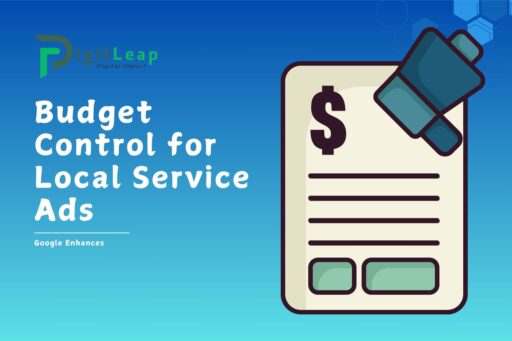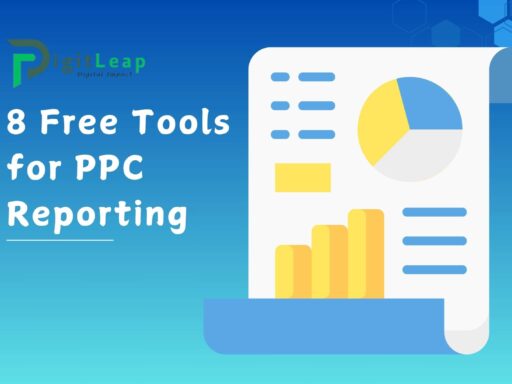Google Enhances Budget Control for Local Service Ads
Managing ad budgets effectively is crucial for small and local businesses trying to maximize their return on investment (ROI). Google has recently introduced enhanced budget control features for Local Service Ads (LSAs), giving businesses more flexibility in managing their spending. These updates provide better tools for advertisers to align ad budgets with business goals, ensuring they stay in control of costs while driving high-quality leads.
In this article, we’ll explore the new budget control features, why they matter, and how businesses can take full advantage of them to optimize their Local Service Ads campaigns.
What Are Local Service Ads (LSAs)?
Local Service Ads (LSAs) are a unique ad format designed to connect customers directly with local service providers, such as plumbers, electricians, cleaners, and real estate agents. These ads appear at the top of Google Search results, giving businesses premium visibility. What sets LSAs apart is that businesses only pay for leads, not clicks. This pay-per-lead model makes it easier to measure ROI, as advertisers are billed for actual inquiries, such as phone calls or messages, instead of web traffic.
With the new budget control enhancements, businesses can now have even greater precision and predictability over how they allocate their budget.
The New Budget Control Features Explained
Google’s latest updates to LSAs focus on improving transparency and flexibility in managing ad spend. Let’s dive into the most notable changes.
1. Daily Budget Options
Previously, businesses had to set weekly or monthly budgets for Local Service Ads. Now, Google offers daily budget controls, allowing advertisers to fine-tune their spending on a more granular level.
- Why It Matters: Daily budgets help businesses prevent overspending during slower periods while capitalizing on high-demand days.
- Example: A plumber might allocate a higher daily budget on Mondays, knowing that demand for emergency repairs tends to spike after weekends.
2. Spend Smarter with Seasonal Adjustments
The new controls also allow businesses to adjust budgets in advance for seasonal demand. This ensures campaigns remain efficient even during peak or off-peak periods.
- Example: Landscapers might want to increase their budget during spring and summer when demand for gardening services is high, while lowering it in the winter months.
Seasonal budget planning helps businesses avoid overloading their schedules during busy seasons and prevents them from wasting ad spend during slow periods.
3. Budget Caps for Predictable Spend
Google has introduced budget caps to prevent campaigns from exceeding allocated limits, even if there is a surge in lead volume.
- How It Works: Once your budget cap is reached, your ads will pause automatically until the next cycle.
- Why It’s Important: This feature ensures businesses don’t face unexpected charges due to fluctuating lead volume.
This is particularly useful for businesses working with tight budgets, as it guarantees their spending stays under control no matter how many leads come in.
4. Real-Time Budget Monitoring and Alerts
Google has improved the dashboard and alert system for LSAs, giving advertisers real-time insights into their budget usage. Businesses can now:
- Set threshold alerts to receive notifications when a specific percentage of their budget is used.
- Access spending summaries on the go, making it easier to adjust campaigns as needed.
This proactive monitoring helps advertisers stay in control and react quickly to budget trends.
5. Auto-Pause and Resume Features
With these enhancements, businesses can automatically pause or resume their LSAs based on pre-set conditions, such as budget limits or operating hours.
- Example: A cleaning service can pause ads after their daily budget is exhausted and resume them the next morning.
This feature ensures that ad budgets are used efficiently without manual intervention, saving time for busy business owners.
Why These Budget Controls Matter
- Better Cost Management
- Advertisers can avoid overspending by capping budgets at the daily or campaign level, making it easier to stick to financial plans.
- Improved ROI
- Aligning budgets with seasonal trends ensures businesses get the most value from their ad spend. They can increase investment when demand is high and pull back during slower periods.
- More Flexibility for Small Businesses
- For small businesses that operate on limited budgets, these controls provide the flexibility to allocate funds wisely, ensuring they only pay for leads when it makes sense.
- Increased Transparency
- Real-time monitoring and alerts give businesses the tools to track spending closely and make data-driven decisions on the fly.
How to Use These New Features to Maximize Ad Performance
- Start with a Daily Budget Experiment
Use the daily budget feature to experiment with different amounts over several days. Monitor performance to see if certain days or times yield better leads, then adjust the daily cap accordingly. - Plan Ahead for Seasonal Campaigns
Review historical performance data to predict seasonal trends and adjust your budget ahead of time. Doing this ensures your ads run smoothly when demand is high. - Set Alerts and Stay Proactive
Take advantage of the real-time alerts to avoid unexpected overspending. Adjust your campaigns mid-cycle if you notice any budget trends that require attention. - Use Auto-Pause for Operational Efficiency
If your business only accepts calls during certain hours, set your LSAs to auto-pause outside of those times. This way, you won’t pay for leads that come in when you’re closed.
Conclusion
The new budget control features for Local Service Ads mark a significant improvement for businesses looking to manage their advertising spend more efficiently. With daily budgets, seasonal adjustments, real-time monitoring, and budget caps, advertisers now have greater flexibility and transparency in how they allocate funds. These features ensure that campaigns are better aligned with business needs, preventing overspending while maximizing performance.
At DigitLeap, we’ve seen how smart budgeting can make or break PPC campaigns. With Google’s latest enhancements, businesses now have the tools they need to stay competitive and drive high-quality leads without overshooting their budgets. If you’re ready to unlock the full potential of Local Service Ads, these budget controls are a great place to start.
FAQs
1. How do budget caps work for Local Service Ads?
Once your campaign reaches the set budget cap, Google automatically pauses the ads until the next cycle, preventing overspending.
2. Can I change my daily budget settings at any time?
Yes, you can adjust your daily budget in real-time through your Google Ads dashboard.
3. How do I receive alerts when my budget is running low?
You can set threshold alerts in your LSA dashboard to notify you via email when a specific percentage of your budget is used.
4. What happens if I lower my budget during peak demand?
Lowering your budget during peak periods may reduce the number of leads you receive. It’s best to plan seasonal adjustments in advance to maintain ad performance.
5. Are auto-pause and resume features available on all LSAs?
Yes, these features are now available for all businesses using Local Service Ads, giving them more control over when their ads run.






